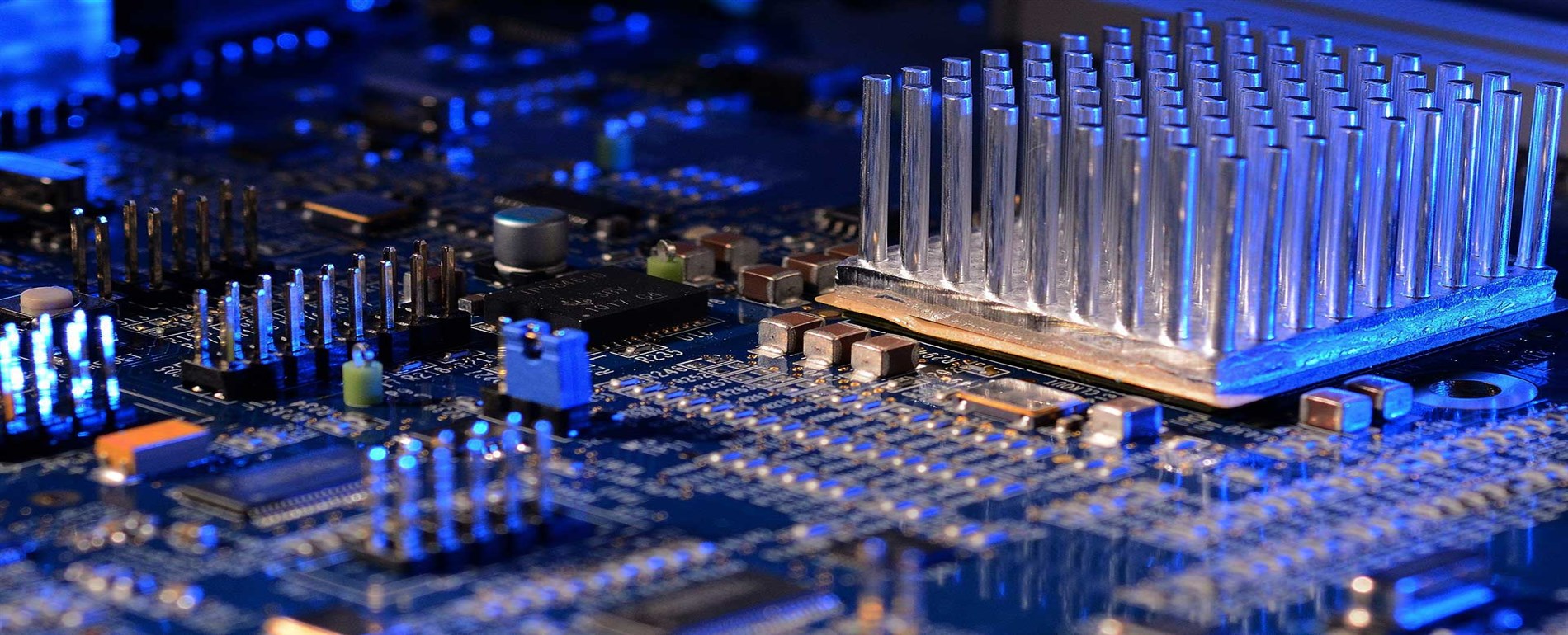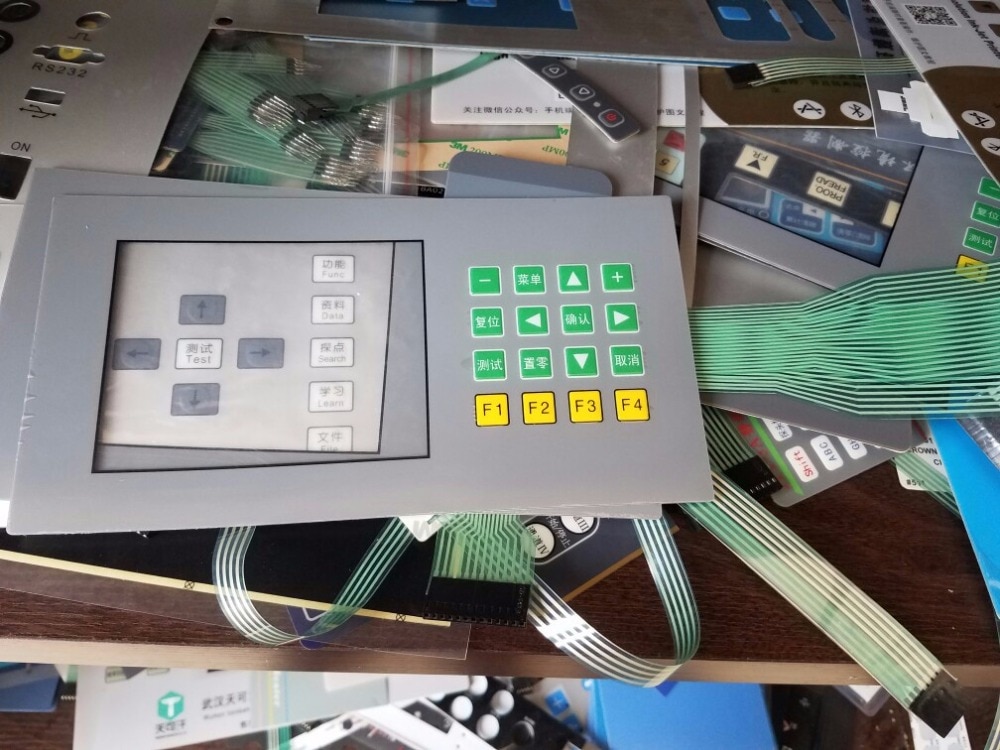

The membrane switch is the most common polyester, printed in a plastic substrate and hardened, consisting of silver or graphite impregnated ink, and a low power electrical switch combined with various adhesive layers and ending with a graphic coating. The most important benefits of designing membrane transition to your product include ease of cleaning, environmental tightness, low profile and the ability to create a visually attractive interface.

Test methods for membrane switches are made to assess that the materials used in making the membrane switch or printed electronic assemblies are affected by the absorption and diffusion of moisture and moisture vapor. This is an accelerated environmental test carried out by exposing the test sample to high relative humidity continuously at a high temperature.
Absorption of moisture by many materials causes swelling that destroys its functional benefits, causing loss of physical strength and changes in other mechanical properties. Insulating materials that absorb moisture can cause electrical properties to deteriorate.
OLUROLAB uses the latest technology and equipment to test membrane switches. Thermo Gravimetric Analysis (TGA) can be used to identify the exact "fingerprint" of a material. Additional tests are carried out to measure adhesion between key layers and to simulate environmental conditions.
Special equipment drives millions of keys to test reliability. Additional tests include key functional performance, high temperature / humidity testing, and low temperature testing in switch packages.
To get an appointment, to get more detailed information or to request an evaluation, you can ask us to fill in our form and reach you.